- Description
-
Details
The air quality outside is not worth breathing, courtesy our reckless deforestation and relentless consumption of fossil fuels. But this doesn’t mean that we’re safe inside. According to the research, the air quality indoors is even a greater threat to our health than the outside surroundings. The volatile compounds used in furniture, wall paint and fumes from the kitchen make it no less than a living nightmare. Then what should we do? We can make sure that our furniture doesn’t emit volatile fumes and our walls are painted in eco-friendly paints. Apart from that, there are a number of indoor plants that filter out the indoor air.
Some indoor plants provide oxygen even in night while others help clean the air from contaminants like benzene, formaldehyde and trichloroethylene. Hence, not only homes, but schools and offices should also have indoor plants to keep breathing problems at bay.
Aloe Vera
Aloe Vera plant is not only a blessing for our skin and arthritis woes, but it also does a lot for the indoor air quality. The succulent plant sucks out benzene and formaldehyde from the indoor air. FYI: Both benzene and formaldehyde are carcinogens (chemicals that cause cancer). Aloe Vera absorbs carbon dioxide even in night and emits oxygen. These plants require very less maintenance and water, hence there are no hassles of learning gardening.
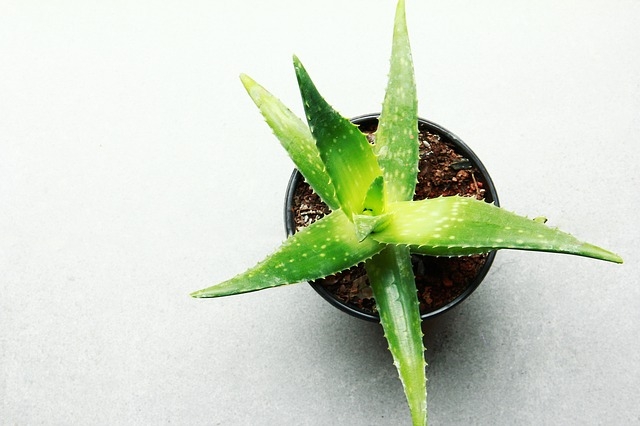
Gerbera Daisy
Ditch those artificial plastic flowers and plant a Gerbera Daisy at your home. The colourful flowers not only add aesthetic value to your home or office but also remove benzene and formaldehyde from the air. One important point to note: Gerbera Daisy should be kept in a lot of light.

Peace Lily
If your home receives little sunlight, then Peace Lily is an easy plant for you. They absorb chemical vapours like acetone, benzene, xylene and formaldehyde, without needing much maintenance. They increase moisture levels in the air, hence they are perfect for hot and dry climate.
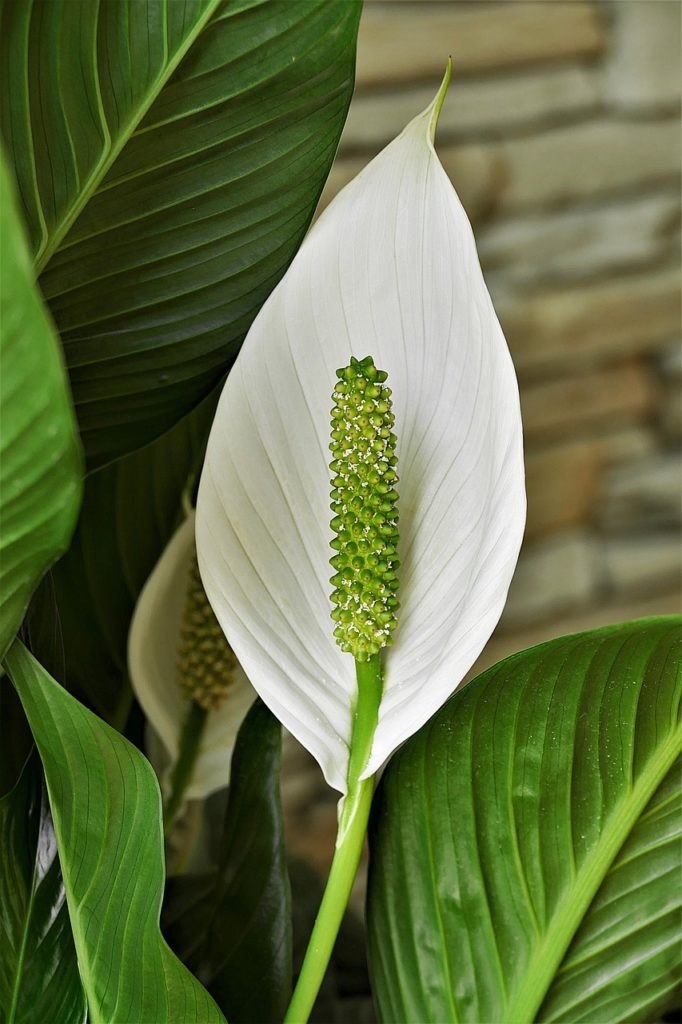
Snake Plant
They are the most common indoor plants in India. They absorb smog, trichloroethylene and formaldehyde from the air and purify it. It also adds oxygen to the air and absorbs carbon dioxide even at night. This plant requires low light and can survive neglect to some extent.
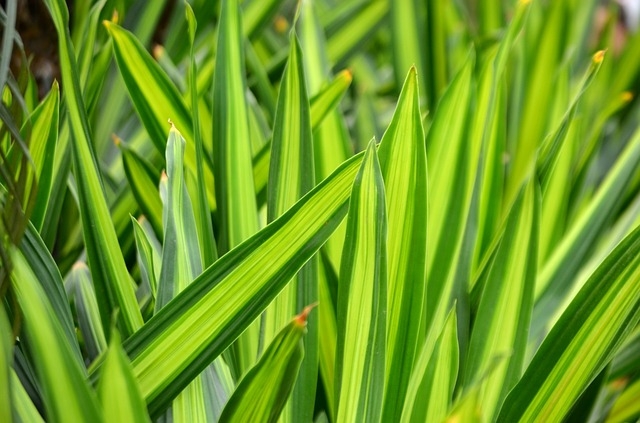
Areca Palm
Areca Palm is one of the most popular indoor plants in India. They look pretty and add charm to any dull room. Areca Palm is known to emit oxygen and absorb pollutants like formaldehyde, xylene and toluene. The best part is that Areca Palm doesn’t require much maintenance and gardening skills.
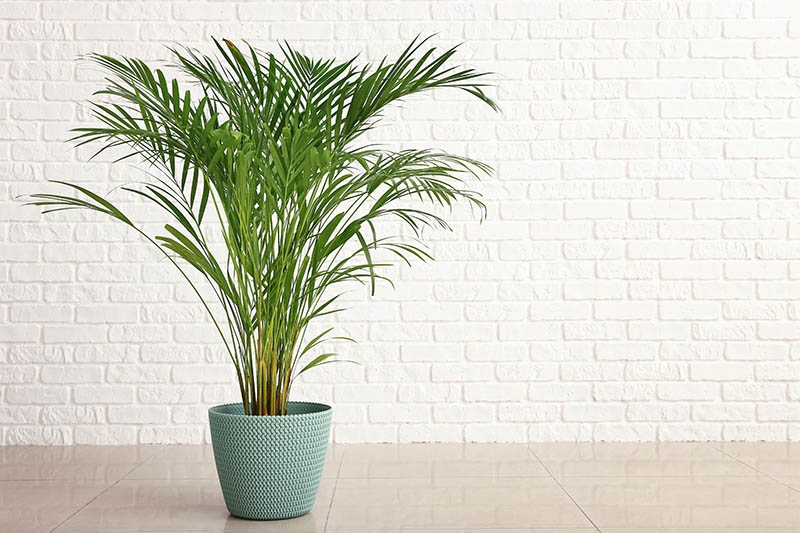
Spider Plant
You just need to have a mildly-lit room, well-drained soil and a cool spot to grow spider plant. You can leave them alone and they will thrive without much attention. Also, it is very easy to make a new spider plant out of an existing one. All you need to do is just plant the baby buds in the moist soil. Spider plant adds more oxygen to the environment. Above all, they are known to reduce carbon monoxide from the environment which is the major pollutant in cities.
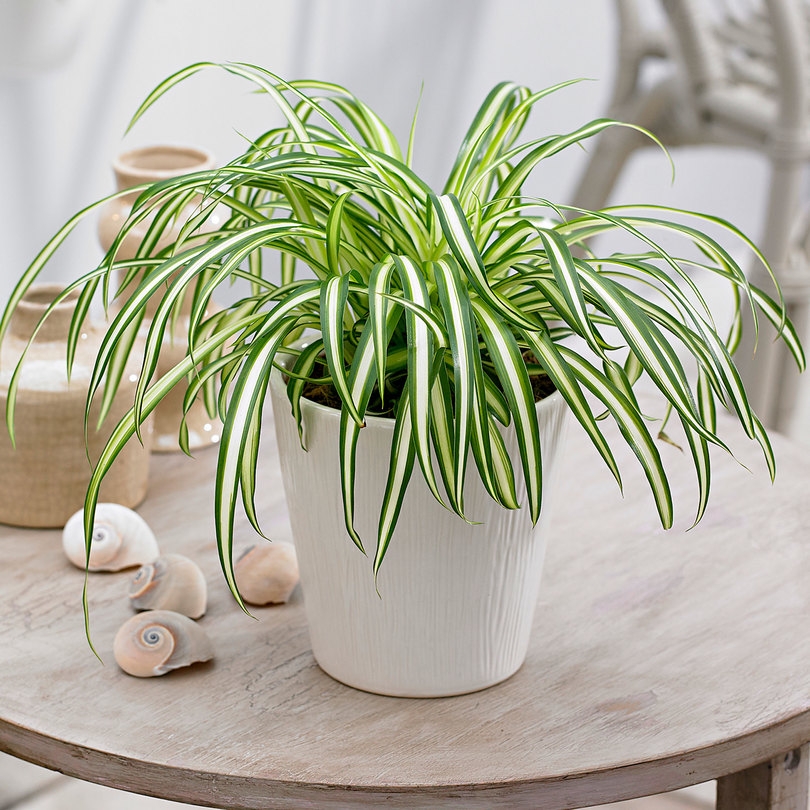
Pothos
They are the easiest indoor plants that even a novice can have. They will survive without much attention and care. Just place the pot in a place that’s sunny but without direct sunlight. Water is also given occasionally since the plant doesn’t require much moisture.
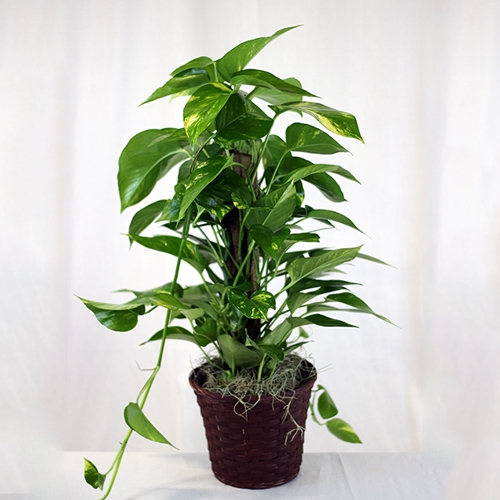
Weeping Fig
Although this plant enriches oxygen levels of indoor air, it’s not advisable for the novices. They require special care. They are commonly known as ficus and just like the other plants of this listicle, they help clean benzene, formaldehyde and trichloroethylene from the air. However, they are much bigger in size and take up a large space. If space is a non-issue for you, you can get a ficus for your home.
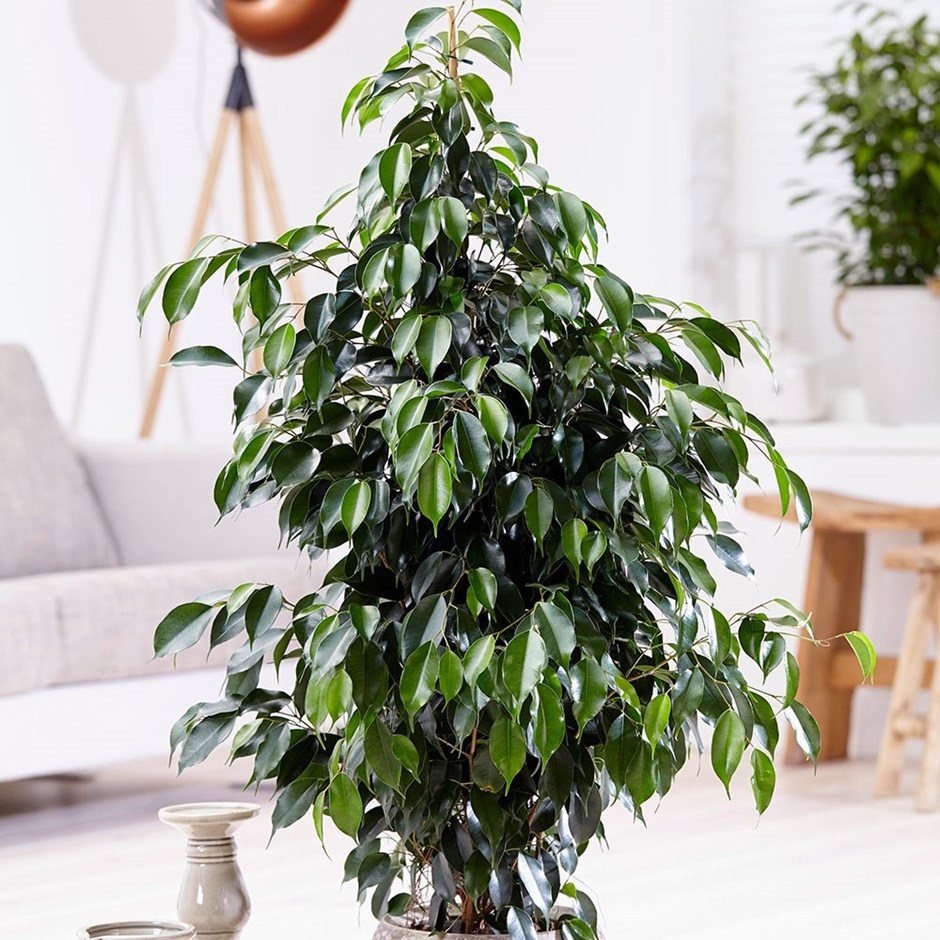
Philodendrons
If you have a pet at your home, you may want to drop the idea of buying this plant. But if you want to have this plant for your workplace, then you can go for it. The Philodendrons are poisonous and by no chance pets and kids should get to the plant. They are easy to grow and reduce formaldehyde and other volatile fumes from the air. It shouldn’t be kept under direct sunlight. Water the plant only when the soil is too dry to touch.
Read More: 11 tips to be healthy and happy at office
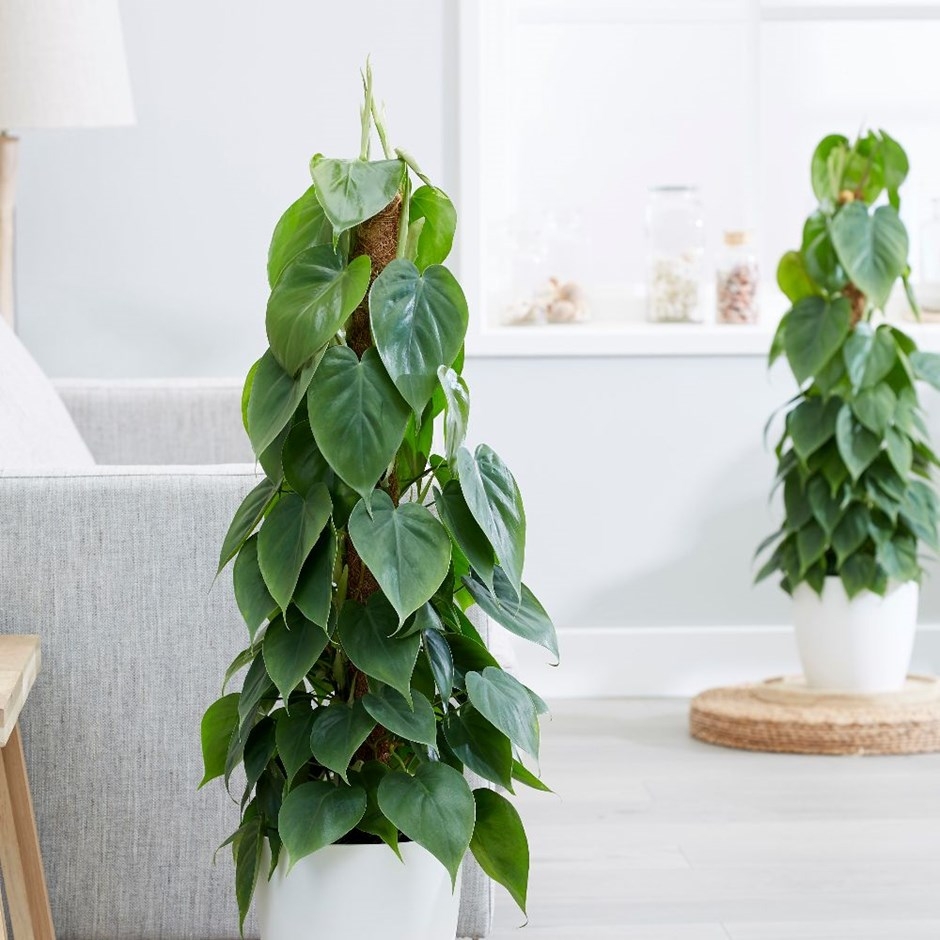
Chrysanthemum
It’s one of the prettiest plants to have inside your home or office. They bear pink coloured flowers that add to the aesthetic value of the room. They come in a range of bright colours, however regular fertilizers will be needed to have regular flower growth. The planter needs to be kept in a bright sunny spot and watered enough so that the soil doesn’t get dry. If you live in a cool place, this plant won’t survive then.
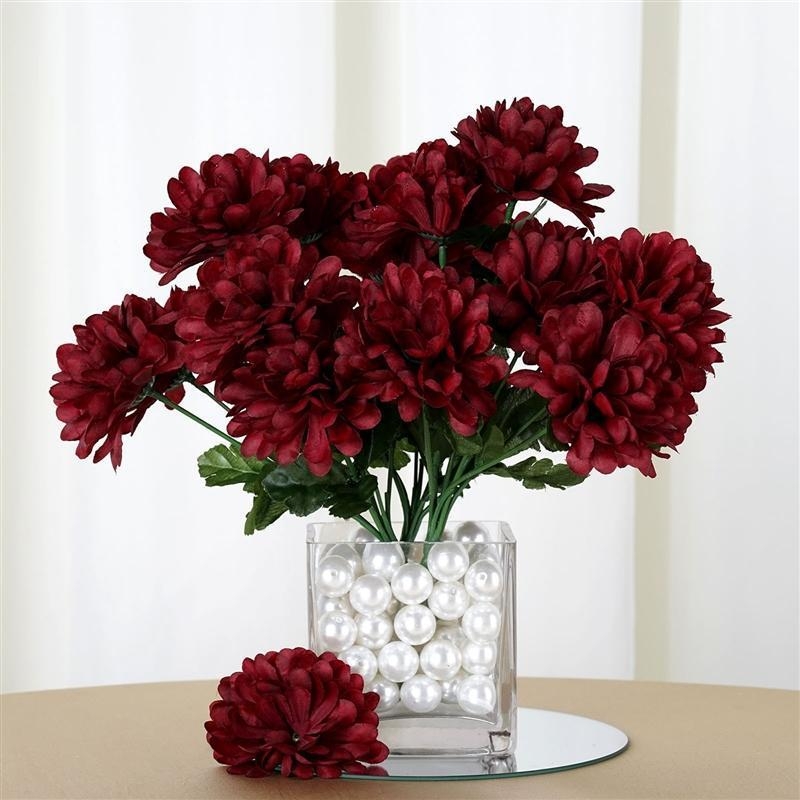
FYI: If you’re wondering where all these chemicals (toluene, formaldehyde, trichloroethylene, etc) are coming from, let us tell you that they are very much present in your upholstery, wooden furniture, dry cleaning detergent and certain cleaning agents. So, above all it is advised to be very careful about things you let inside your home.
- Reviews
-
